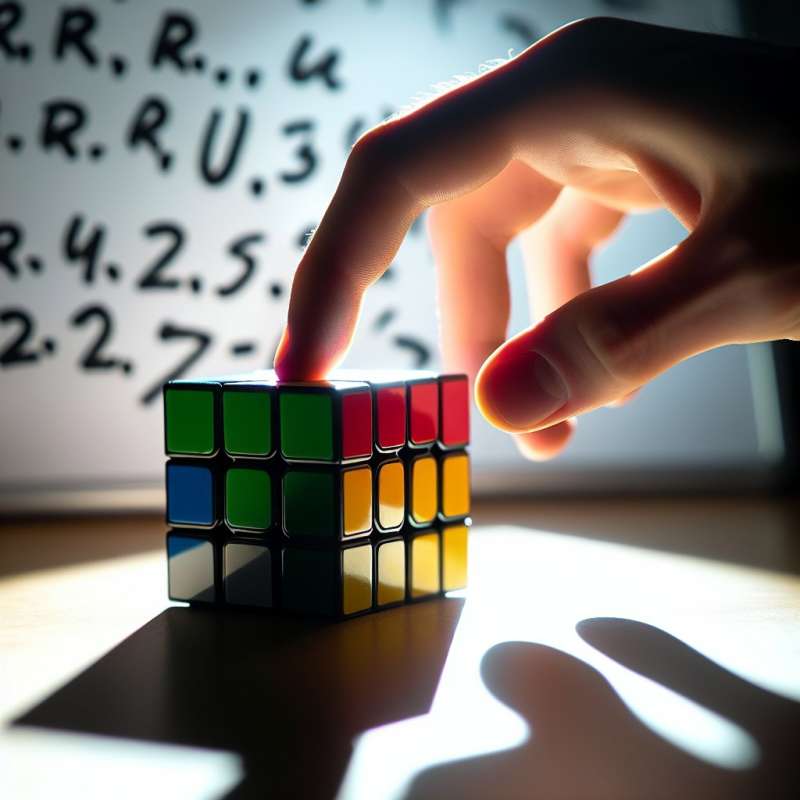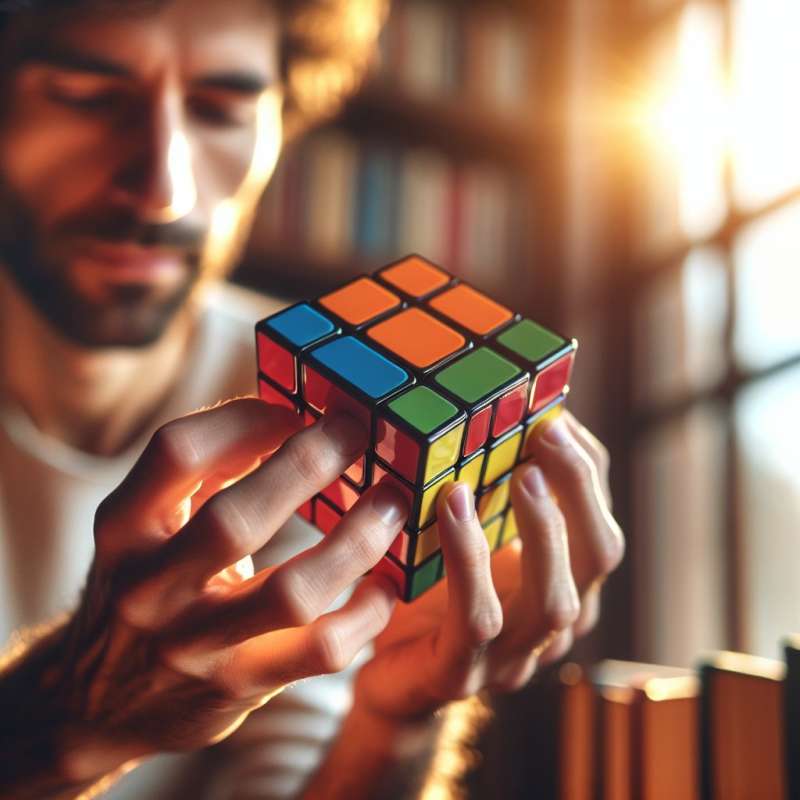
History of Rubik's Cube
Invented in 1974 by Ernő Rubik, this 3D combination puzzle was originally called the Magic Cube. It became an international craze in the 1980s and remains a popular brain-teasing puzzle.
Understanding the Mechanics
Each of the six faces is covered by 9 stickers, among six solid colors. A pivot mechanism enables each face to turn independently, thus mixing up the colors. For the puzzle to be solved, each face must be returned to a single color.
Solving Strategy: Layers
The most common method for solving the Rubik's Cube is the layer-by-layer approach. This involves solving the cube in stages, starting with one face and then solving the middle layer, before finally resolving the last layer.
Algorithm Basics
Solving the cube requires learning a series of movements, known as algorithms. These are sequences of moves that manipulate certain cube pieces while leaving others untouched, crucial for solving the puzzle systematically.
Notation and Moves
The language of Cube solving is in letters which represent face turns. For example, R means turn the right face 90 degrees clockwise, while R' means turn it counter-clockwise. Understanding notation is key to mastering algorithms.
Advanced Techniques
Beyond basic methods, advanced techniques like F2L (First Two Layers), OLL (Orientation of Last Layer), and PLL (Permutation of Last Layer) can significantly improve solving speed. These require extensive practice to master.
World Records and Competitions
The World Cube Association governs competitions and records. The current record for single solve is 3.47 seconds, set by Yusheng Du in 2018. Competitions fuel advancements in speed-solving techniques and puzzle engineering.
Who invented the Rubik's Cube?
Ernő Rubik in 1980
Ernő Rubik in 1974
Yusheng Du in 1974
Company